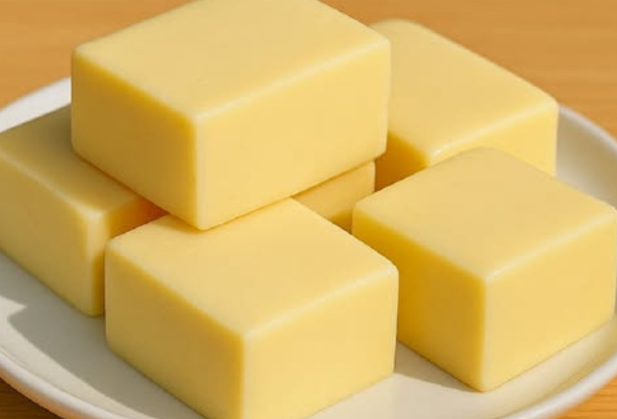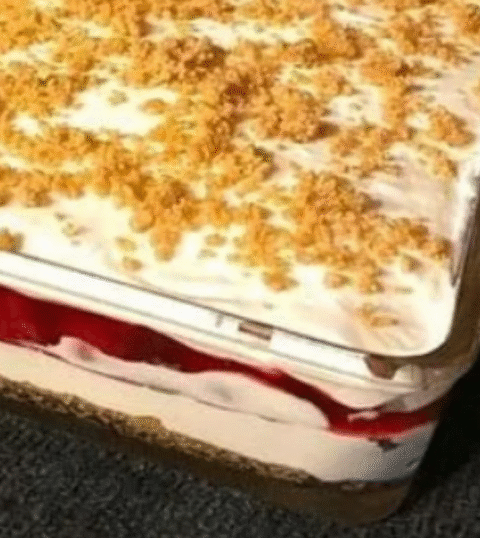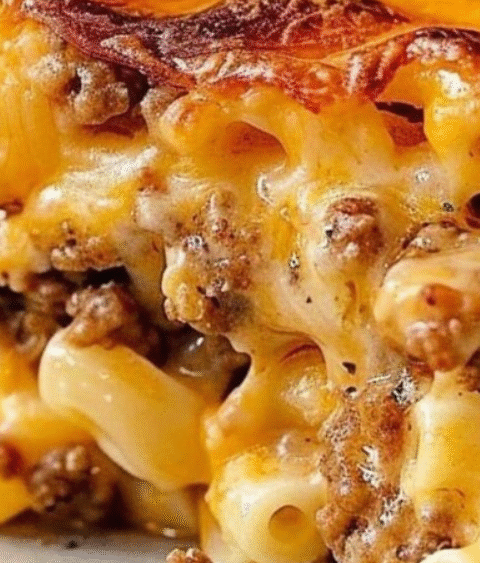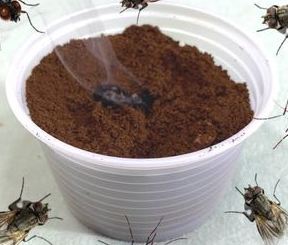Soft Homemade Cheese in Minutes (No Curds, No Aging) 🧀
Want fresh, soft, mild cheese but not the time or tools for aging or rennet? You can make one at home using just milk + vinegar (or another gentle acid). It’s creamy, slightly tangy, and perfect for spreading, melting, baking—or using in a bonus recipe like our Cheesy Chicken & Broccoli Pasta Bake. Let’s dive in!
What You’ll Get & Why It Works
- ✅ *Minimal ingredients* — just milk, acid (vinegar or lemon), salt.
- ✅ *Quick process* — from start to fridge in under an hour.
- ✅ *Uses regular kitchen tools* — no special culture, rennet, or aging cellar.
- ✅ *Versatile cheese* — mild and fresh, works in many recipes as a substitute for queso fresco, farmer’s cheese, paneer, or cottage‑style cheese.
Ingredients for Vinegar Cheese
You will need:
- Whole milk (or 2 % milk; avoid ultra‑pasteurized if possible for best curd formation)
- White distilled vinegar / apple cider vinegar / or lemon juice
- Salt (fine sea salt or kosher salt)
- Optional: herbs, garlic, or spices to flavor after the fact
- Equipment: a pot, spoon, thermometer (helpful but not strictly required), cheesecloth or fine strainer, bowl
Step‑by‑Step: How to Make the Cheese
Method:
- Pour milk into a heavy‑bottomed pot. Heat it gently over medium heat, stirring occasionally so it doesn’t scorch. If you have a thermometer, bring it up close to ~ 90‑95 °C (about 195‑203 °F), or until it’s steaming and just before boiling. (Some recipes bring to a gentler temp if you want softer curds.) :contentReference[oaicite:0]{index=0}
- Once the milk is hot, remove it from the heat and slowly add vinegar (or lemon juice) while stirring gently. The milk should begin to separate into curds (solid) and whey (liquid). If separation is faint, add a little more acid, a tablespoon at a time, until you see curds clearly. :contentReference[oaicite:1]{index=1}
- Let it sit undisturbed for a few minutes (5‑10 minutes) so curds fully form. :contentReference[oaicite:2]{index=2}
- Line a colander or strainer with cheesecloth (or a clean, fine towel). Pour the curds and whey into it, so the whey drains out. Gently rinse the curds with cool water if you want a less acidic taste. :contentReference[oaicite:3]{index=3}
- Sprinkle salt over the curds and gently mix. Then let the cheese drain: you can gather the cloth and lightly press to remove excess whey. The more you press/drain, the firmer it becomes. Keep looser for spreading, firmer (press more) for slicing. :contentReference[oaicite:4]{index=4}
- Once drained to desired consistency, transfer to container and cool in the refrigerator. Use within about a week. :contentReference[oaicite:5]{index=5}
Bonus Recipe: Cheesy Chicken & Broccoli Pasta Bake
Ingredients
- Homemade vinegar cheese (from above, ~1‑2 cups, drained)
- Pasta of your choice (penne, fusilli, etc.), cooked al dente
- Chicken breast or thighs, cooked and cubed/shredded
- Broccoli florets, steamed or blanched
- Sauce: milk or cream (or a mix), butter, a little flour to make a white sauce (béchamel), plus garlic & seasoning
- Optional: extra cheese for topping (cheddar, mozzarella, etc.)
- Salt, pepper, paprika or nutmeg, olive oil or butter
Instructions
- Preheat oven to around 180‑200 °C (350‑400 °F).
- Prepare pasta, chicken, broccoli as above.
- Make a white sauce: melt butter, stir in some flour (roux), gradually whisk in milk until thickened, season with salt, pepper, maybe a pinch of nutmeg or paprika.
- Stir in most of the homemade vinegar cheese into the sauce so it melts, making it creamy. Mix pasta, chicken, broccoli into the sauce.
- Transfer mix into a baking dish. Top with additional cheese if desired.
- Bake for ~20‑30 minutes until bubbly, golden on top. Let sit a few minutes before serving.
Nutrition & Health Benefits
| Nutrient | Approx Amount per Serving* | Why It’s Good |
|---|---|---|
| Calories | ~ 250‑350 kcal | Balanced for dinner; richer if cheese & cream heavy or more pasta. |
| Protein | ~ 12‑18 g | Milk + chicken contribute good quality protein for muscle building and satiety. |
| Fat | ~ 10‑20 g | Mostly from dairy and chicken; choose lean chicken or less cream to reduce. |
| Carbohydrates | ~ 20‑30 g | From pasta; opt for whole grain for extra fiber. |
| Calcium, Vitamin D | Good amounts | From milk & cheese—supports bone health. |
| Vitamin B, Iron | Moderate | More so if using whole milk and good protein sources. |
*Based on 1 of ~4‑6 servings; depends on portion size & exact ingredients used.
Health & Safety Tips
- Use fresh milk; avoid ultra‑pasteurized if possible, because the high‑heat treatment can interfere with curd formation. :contentReference[oaicite:6]{index=6}
- Maintain cleanliness: pots, spoons, cloths must be very clean to avoid bacterial contamination.
- Heat milk gradually and don’t let it scorch; stir to avoid hot spots. Scorched milk can impart off flavors.
- If using vinegar: moderate amount so cheese isn’t overly sharp or sour. Taste and adjust.
- Proper draining: too much whey left makes it watery; too much pressing makes it dry. Find the texture you like.
- Store in a clean airtight container, in fridge. Use within ~5‑7 days. Freezing changes texture.
FAQs
Q1: Will this cheese melt like mozzarella?
Not exactly. This type of acid‑set soft cheese melts somewhat but won’t stretch or get stringy the way mozzarella does. It’s better in casseroles, sauces, or melted on top rather than used for pizza-style stretch.
Q2: Can I use low‑fat or skim milk?
You can, but texture will be lighter and potentially more crumbly or watery. Full‑fat milk gives creamier texture. Using 2 % might be okay; avoid ultra‑high heat pasteurized still.
Q3: What’s the best acid to use—vinegar or lemon juice?
Either works. Distilled white vinegar or apple cider vinegar gives a neutral flavor; lemon juice gives a brighter citrus note. Use what you have or what pairs best with your dish.
You can adjust firmness: drain more, press a bit more in the cloth. For slicing use more pressing; for spreadable cheese, leave more moisture.
Q5: Can I add flavors (herbs, garlic, spices)?
Yes! Once cheese is drained, you can fold in herbs, garlic, pepper, chili flakes, or sweet herbs. They don’t affect the coagulation process much.
Q6: Can I use goat or other kinds of milk?
Yes. Goat milk, sheep milk etc. can work. Flavor will vary. Again, avoid ultra‑pasteurized milks. Temperature control and acid amount may need small adjustments.
Q7: What happens if it doesn’t curdle well?
If it doesn’t curdle, try: using more acid, checking that milk isn’t ultra‑pasteurized, making sure milk is hot enough, stirring gently and waiting. Sometimes a different brand of milk works better.
Q8: Can I store the whey (leftover liquid)?
Yes. Whey can be used in baking, in bread dough, pancakes, or even for fermenting vegetables, as long as it’s kept clean. But note: this whey is not the same as cultured whey. :contentReference[oaicite:7]{index=7}
Q9: How long will this cheese last?
About 5‑7 days in fridge when stored properly. If you press it very dry, maybe a little longer. Avoid freezing unless texture change is acceptable.
Q10: Is this the same as cottage cheese or ricotta?
Not exactly. Cottage cheese often has a creamy curd, sometimes mixed with cream; ricotta is made from whey (or second milking) and is finer and softer. This homemade acid‑set cheese is closer to farmer’s cheese, queso fresco, paneer, or simple fresh cheese. Flavour and texture are somewhere between those.
References & Similar Recipes
- “Simple Farm‑Style Cheese at Home” — uses milk, vinegar & salt. :contentReference[oaicite:8]{index=8}
- “Homemade Farmer’s Cheese (Tvorog)” — quick 2‑ingredient cheese. :contentReference[oaicite:9]{index=9}
- “How to Make Homemade Cheese” (AllRecipes) — same basic idea. :contentReference[oaicite:10]{index=10}
- “Cream Cheese at Home with Milk & Vinegar/Lemon” — richer version using heavier cream. :contentReference[oaicite:11]{index=11}
Conclusion
Homemade vinegar cheese is one of the simplest, most satisfying kitchen tricks: minimal effort, minimal ingredients, and plenty of delicious uses. Whether you use it spread on bread, stir into dishes, bake into a pasta, or fold it into breakfast, you’ll love the mild, fresh flavor and the control you have. Give it a try—you might never go back to store‑bought for fresh cheese!






